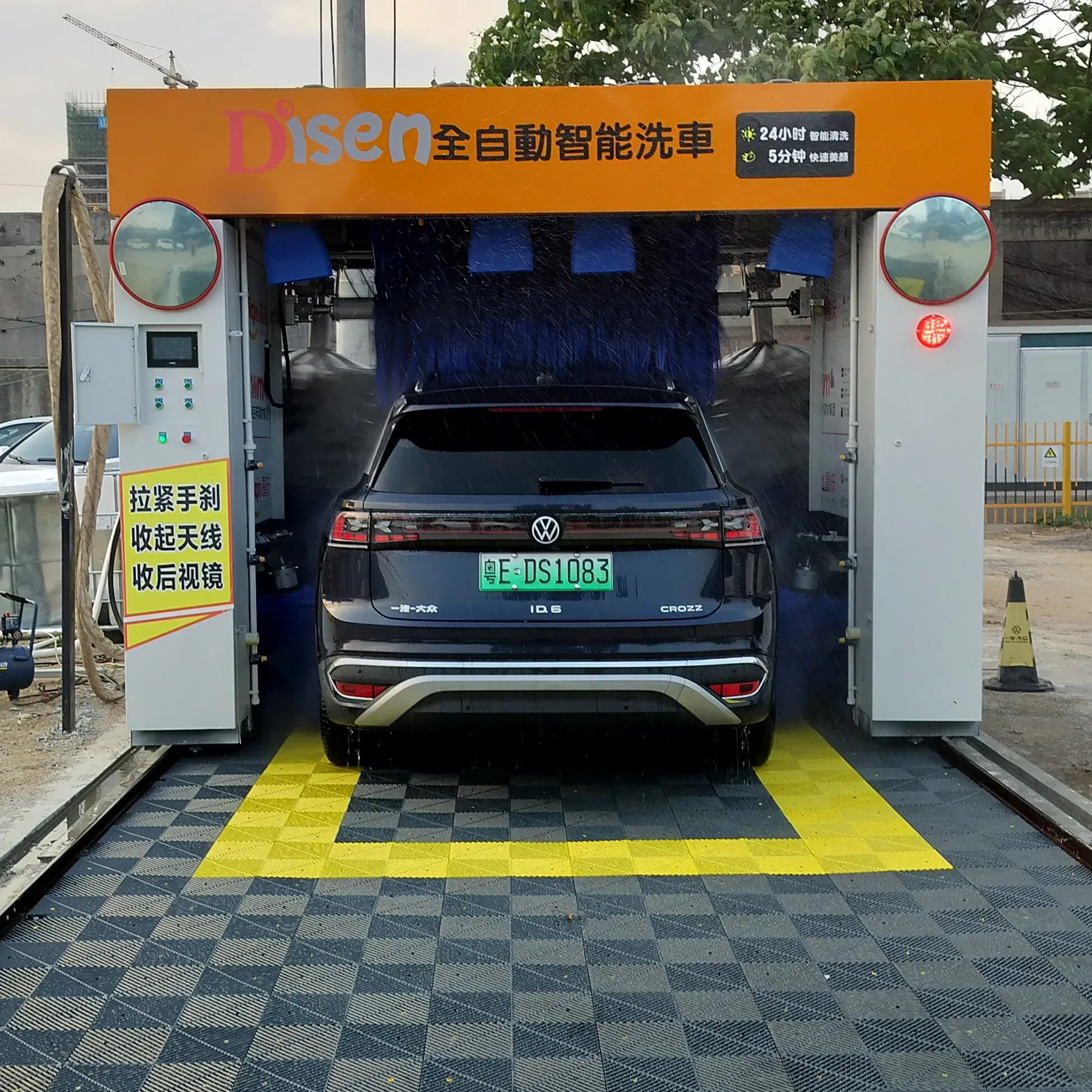
- Afrikaans
- Albanian
- Amharic
- Arabic
- Armenian
- Azerbaijani
- Basque
- Belarusian
- Bengali
- Bosnian
- Bulgarian
- Catalan
- Cebuano
- Corsican
- Croatian
- Czech
- Danish
- Dutch
- English
- Esperanto
- Estonian
- Finnish
- French
- Frisian
- Galician
- Georgian
- German
- Greek
- Gujarati
- Haitian Creole
- hausa
- hawaiian
- Hebrew
- Hindi
- Miao
- Hungarian
- Icelandic
- igbo
- Indonesian
- irish
- Italian
- Japanese
- Javanese
- Kannada
- kazakh
- Khmer
- Rwandese
- Korean
- Kurdish
- Kyrgyz
- Lao
- Latin
- Latvian
- Lithuanian
- Luxembourgish
- Macedonian
- Malgashi
- Malay
- Malayalam
- Maltese
- Maori
- Marathi
- Mongolian
- Myanmar
- Nepali
- Norwegian
- Norwegian
- Occitan
- Pashto
- Persian
- Polish
- Portuguese
- Punjabi
- Romanian
- Russian
- Samoan
- Scottish Gaelic
- Serbian
- Sesotho
- Shona
- Sindhi
- Sinhala
- Slovak
- Slovenian
- Somali
- Spanish
- Sundanese
- Swahili
- Swedish
- Tagalog
- Tajik
- Tamil
- Tatar
- Telugu
- Thai
- Turkish
- Turkmen
- Ukrainian
- Urdu
- Uighur
- Uzbek
- Vietnamese
- Welsh
- Bantu
- Yiddish
- Yoruba
touchless car wash pressure washer
The Rise of Touchless Car Washes Exploring Pressure Washer Technology
In recent years, the car wash industry has seen a significant transformation, particularly with the advent of touchless car wash systems. These innovative machines utilize advanced pressure washing techniques to clean vehicles without any physical contact, providing a safer and more effective solution for car owners. This article delves into the workings and benefits of touchless car washes, focusing specifically on the role of pressure washers in this process.
How Touchless Car Washes Work
The fundamental principle behind touchless car washes is to eliminate direct contact with the vehicle's surface. Instead of using brushes or cloths that can cause scratches and swirl marks, these systems employ high-pressure water jets and specialized cleaning solutions to lift dirt and grime from the car's exterior. The pressure washers in touchless systems can produce water jets that reach impressive PSI (pounds per square inch) levels, effectively blasting away debris without damaging the paint.
Typically, a touchless car wash begins by spraying water mixed with a soap solution across the vehicle's surface. The soap is designed to break down grease, dirt, and road grime. Following this, high-pressure jets wash the car, using powerful bursts of water to remove the loosened dirt, leaving behind a clean and polished finish. In many cases, the process is completed with a rinse cycle to ensure that no soap residue is left on the car, followed by a drying phase that employs air jets.
Advantages of Touchless Car Wash Systems
One of the most significant benefits of touchless car washes is the reduction in the risk of scratching a vehicle's surface. Traditional car washes that employ brushes can easily scratch the paint, particularly if the brushes are dirty or worn. Touchless systems offer peace of mind to owners of luxury vehicles or classic cars, who may be particularly concerned about maintaining their car's finish.
touchless car wash pressure washer

Additionally, touchless car washes are incredibly efficient. With the use of high-pressure washers, they can complete the cleaning process quickly, reducing wait times for customers. This efficiency is not only a convenience for car owners but also allows operators to serve a higher volume of cars, maximizing profits.
Moreover, the cleaning chemicals used in touchless car washes are often biodegradable and environmentally friendly. As more consumers become environmentally conscious, the demand for eco-friendly car wash options has increased. Touchless systems can help mitigate water waste as well, especially when compared to home washing methods where excessive water usage can occur.
Potential Considerations
While touchless car washes offer numerous advantages, there are considerations for car owners to keep in mind. Some heavily soiled vehicles may require pre-treatment or multiple wash cycles to achieve optimal cleanliness. Furthermore, touchless washes may not remove more stubborn contaminants, such as tar or heavy mud, as effectively as traditional methods.
Additionally, car owners should ensure that the cleaning solutions used in touchless washes are compatible with their vehicle's finish. Although many systems use gentle formulations, it’s wise to remain informed about the products applied to one's car.
Conclusion
Touchless car washes represent a significant advancement in vehicle cleaning technology, utilizing pressure washers to provide a safe, efficient, and effective solution for maintaining a car's appearance. As the automobile industry evolves and consumer preferences shift towards convenience and sustainability, touchless systems are likely to become even more prevalent. For car owners looking for a thorough yet gentle cleaning, touchless car washes offer an appealing alternative to traditional washing methods, blending technology with practicality for optimal vehicle care.
-
Integrating Aqua Tunnel Car Wash in Shopping CentersNewsJun.24,2025
-
Gas Station with an Auto Car Wash MachineNewsJun.24,2025
-
Efficiency in Your Aqua Tunnel Car Wash: Power & Water-SavingNewsJun.24,2025
-
Car Wash Business with Advanced Auto Car Cleaning MachinesNewsJun.24,2025
-
Balancing Setup Costs with Aqua Tunnel Car WashNewsJun.24,2025
-
Aqua Tunnel Car Wash: Eco-Design for the Energy-Savvy EntrepreneurNewsJun.24,2025



